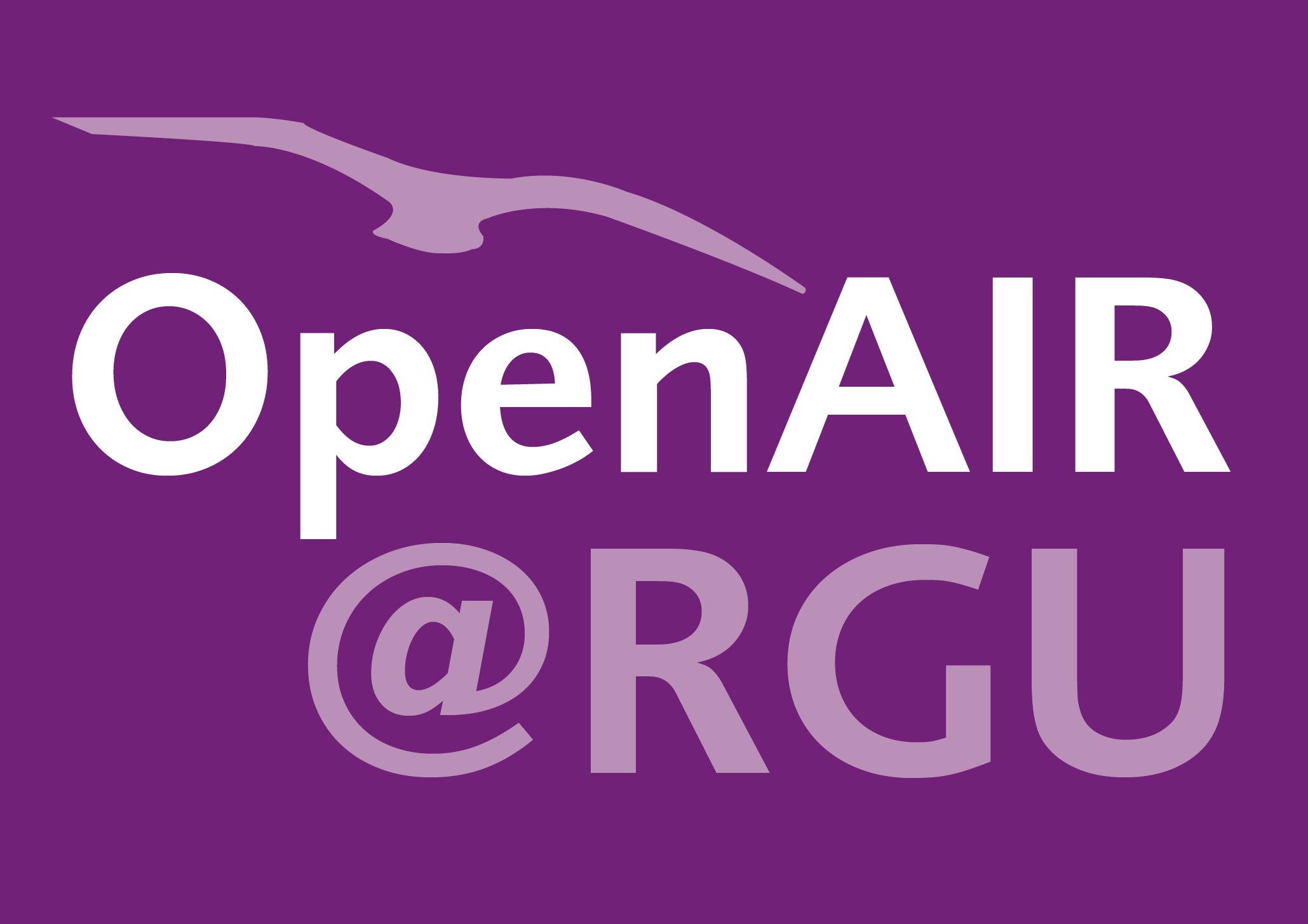Mathew Nicho
Enhanced detection of APT vector lateral movement in organizational networks using lightweight machine learning.
Nicho, Mathew; Adelaiye, Oluwasegun; McDermott, Christopher D.; Girija, Shini
Abstract
The successful penetration of government, corporate, and organizational IT systems by state and non-state actors deploying APT vectors continues at an alarming pace. Advanced Persistent Threat (APT) attacks continue to pose significant challenges for organizations despite technological advancements in artificial intelligence (AI)-based defense mechanisms. While AI has enhanced organizational capabilities for deterrence, detection, and mitigation of APTs, the global escalation in reported incidents, particularly those successfully penetrating critical government infrastructure has heightened concerns among information technology (IT) security administrators and decision-makers. Literature review has identified the stealthy lateral movement (LM) of malware within the initially infected local area network (LAN) as a significant concern. However, current literature has yet to propose a viable approach for resource-efficient, real-time detection of APT malware lateral movement within the initially compromised LAN following perimeter breach. Researchers have suggested the nature of the dataset, optimal feature selection, and the choice of machine learning (ML) techniques as critical factors for detection. Hence, the objective of the research described here was to successfully demonstrate a simplified lightweight ML method for detecting the LM of APT vectors. While the nearest detection rate achieved in the LM domain within LAN was 99.89%, as reported in relevant studies, our approach surpassed it, with a detection rate of 99.95% for the modified random forest (RF) classifier for dataset 1. Additionally, our approach achieved a perfect 100% detection rate for the decision tree (DT) and RF classifiers with dataset 2, a milestone not previously reached in studies within this domain involving two distinct datasets. Using the ML life cycle methodology, we deployed K-nearest neighbor (KNN), support vector machine (SVM), DT, and RF on three relevant datasets to detect the LM of APTs at the affected LAN prior to data exfiltration/destruction. Feature engineering presented four critical APT LM intrusion detection (ID) indicators (features) across the three datasets, namely, the source port number, the destination port number, the packets, and the bytes. This study demonstrates the effectiveness of lightweight ML classifiers in detecting APT lateral movement after network perimeter breach. It contributes to the field by proposing a non-intrusive network detection method capable of identifying APT malware before data exfiltration, thus providing an additional layer of organizational defense.
Citation
NICHO, M., ADELAIYE, O., MCDERMOTT, C.D. and GIRIJA, S. 2025. Enhanced detection of APT vector lateral movement in organizational networks using lightweight machine learning. Computers, materials and continua [online], 83(1), pages 281-308. Available from: https://doi.org/10.32604/cmc.2025.059597
| Journal Article Type | Article |
|---|---|
| Acceptance Date | Nov 28, 2024 |
| Online Publication Date | Mar 26, 2025 |
| Publication Date | Mar 26, 2025 |
| Deposit Date | Apr 8, 2025 |
| Publicly Available Date | Apr 8, 2025 |
| Journal | Computers, materials and continua |
| Print ISSN | 1546-2218 |
| Electronic ISSN | 1546-2226 |
| Publisher | Tech Science Press |
| Peer Reviewed | Peer Reviewed |
| Volume | 83 |
| Issue | 1 |
| Pages | 281-308 |
| DOI | https://doi.org/10.32604/cmc.2025.059597 |
| Keywords | Intrusion detection; Lateral movement; Machine learning; Advanced persistent threats |
| Public URL | https://rgu-repository.worktribe.com/output/2788690 |
Files
NICHO 2025 Enhanced detection of APT (VOR)
(1.9 Mb)
PDF
Publisher Licence URL
https://creativecommons.org/licenses/by/4.0/
Copyright Statement
© 2025 The Authors. Published by Tech Science Press. This work is licensed under a Creative Commons Attribution 4.0 International License, which permits unrestricted use, distribution, and reproduction in any medium, provided the original work is properly cited.
You might also like
A system dynamics approach to evaluate advanced persistent threat vectors.
(2023)
Journal Article
A crime scene reconstruction for digital forensic analysis: an SUV case study.
(2023)
Journal Article
Towards situational awareness of botnet activity in the Internet of Things
(2018)
Presentation / Conference Contribution
Downloadable Citations
About OpenAIR@RGU
Administrator e-mail: publications@rgu.ac.uk
This application uses the following open-source libraries:
SheetJS Community Edition
Apache License Version 2.0 (http://www.apache.org/licenses/)
PDF.js
Apache License Version 2.0 (http://www.apache.org/licenses/)
Font Awesome
SIL OFL 1.1 (http://scripts.sil.org/OFL)
MIT License (http://opensource.org/licenses/mit-license.html)
CC BY 3.0 ( http://creativecommons.org/licenses/by/3.0/)
Powered by Worktribe © 2025
Advanced Search
